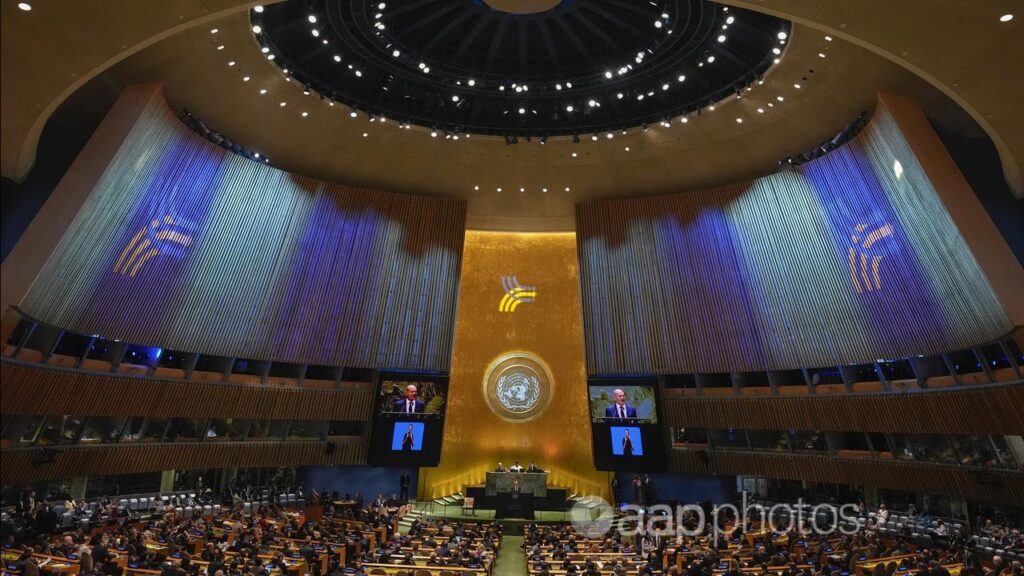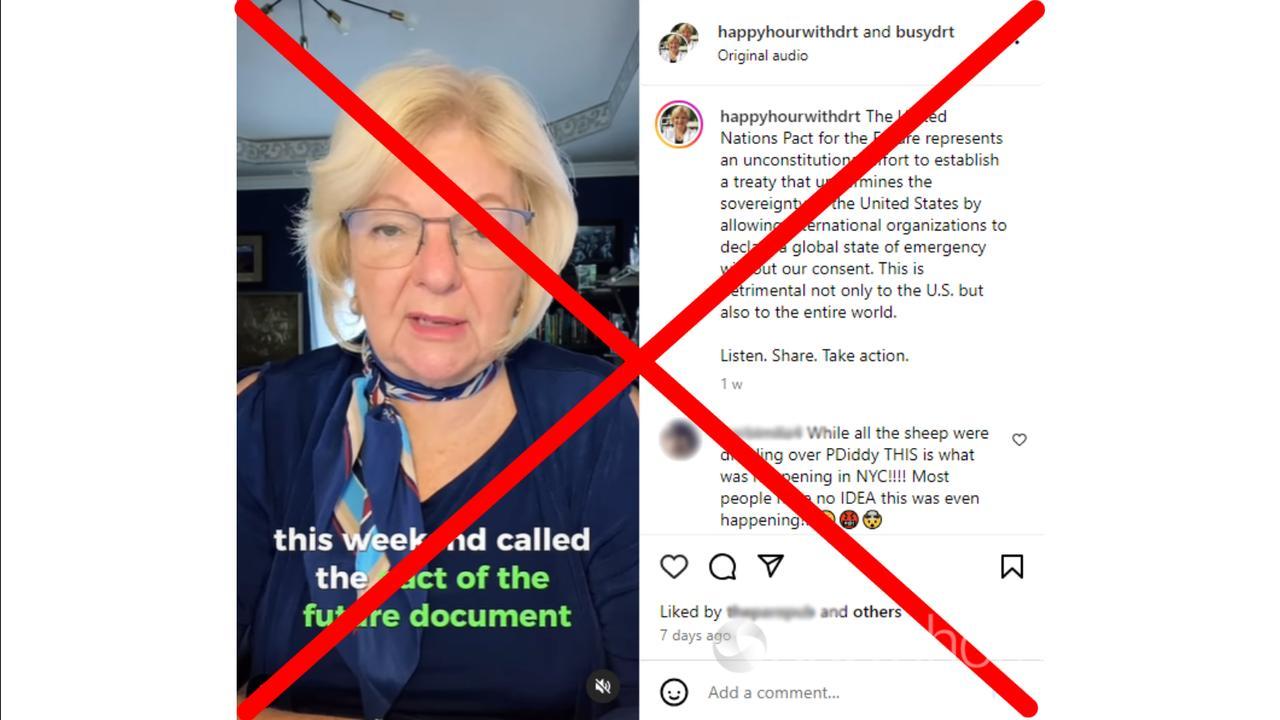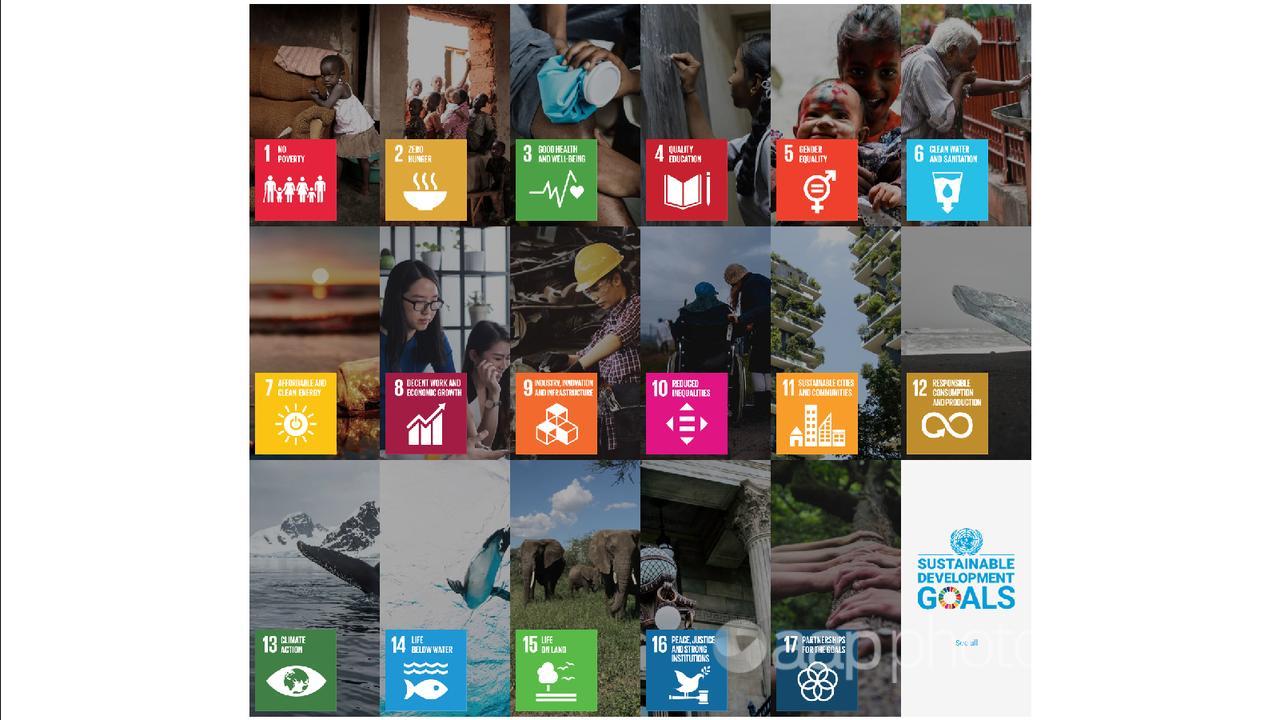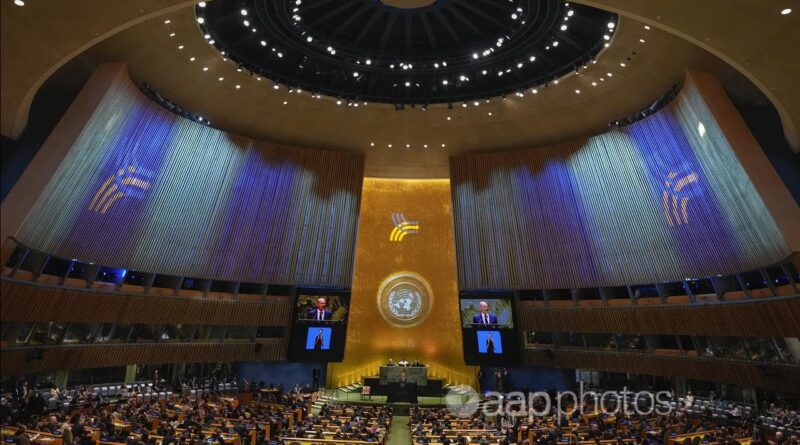No truth to UN Pact for the Future claims in viral video
Kate Atkinson
October 4, 2024
WHAT WAS CLAIMED
UN’s Pact for the Future calls for everyone to have biometric digital IDs.
OUR VERDICT
False. There is no mention of such a measure in the pact.

AAP FACTCHECK – A new United Nations pact outlines plans for a digital identification system and punishment for people with “dissident opinions”, according to a video that’s gone viral on social media .
This is false. The Pact for the Future, approved at a UN meeting in September 2024, does not include these measures.
The claim is made in a September 24 Instagram video featuring American osteopathic doctor Sherri Tenpenny, who has espoused anti-vaccination views in the past.
“I wanna do a quick update about a document that got passed by the United Nations this weekend called the Pact of the Future document,” she begins.
“It says that … everyone will be expected to have a biometric digital ID that marks them not just as citizens of an individual country, but as a global citizen.
“Anyone that has a dissonant opinion will be labelled as misinformation … Perpetrators for unapproved information will be fact-checked and punished by the system, which will be operated and enforced by artificial intelligence.”

The video is being shared widely across social media, including by users based in New Zealand and Pacific nations.
AAP FactCheck contacted Dr Tenpenny asking for evidence to support the claim but did not receive a response.
The Pact for the Future is a non-binding agreement adopted by the UN General Assembly during the Summit of the Future held from September 22 to 23 in New York.
It emphasises the importance of multilateralism and outlines 56 actions on issues including poverty, climate change, gender equality, conflicts, human rights and the UN’s Sustainable Development Goals.
The agreement includes two annex documents – the Global Digital Compact and Declaration on Future Generations – which deal with artificial intelligence regulation and considering the interests of the next generation in global decision-making.
Kathryn Jacobsen, a professor of health studies at the University of Richmond in the US, told AAP FactCheck biometric digital IDs and punishment for those who hold “dissonant” (or dissident) opinions are not mentioned anywhere in its 61 pages.
“The Pact for the Future document primarily reaffirms existing commitments to trying to make progress towards achieving the Sustainable Development Goals that were established in 2016 and are set to expire in 2030,” Dr Jacobsen explained.

Ronald Labonte, a professor emeritus at the University of Ottawa,confirmed plans for a biometric ID system are not included in the pact.
“Statements on digital technology are mostly about protecting human rights and individual identity,” he said, “while also monitoring spread of mis- or disinformation as governed by domestic law.”
Action 18 of the pact, which relates to peace-building efforts, addresses the risks posed by disinformation, misinformation and hate speech while respecting freedom of expression and privacy (page 16).
Dr Adam Kamradt-Scott, an associate professor of One Health diplomacy at Tufts University in the US, told AAP FactCheck any references in the pact to misinformation go on to emphasise the need to protect freedom of expression, meaning “people are still free to share their opinions – even if they’re disconnected from reality – without fear of reprisal”.
It’s not designed to limit free speech, Dr Kamradt-Scott said, but shows governments have agreed to work together to counter hate speech and promote fact-based information in line with national laws.
Professor Labonte noted that countries are not bound to any of the statements in the pact: “It’s not legally binding on member states.”
AAP FactCheck has also addressed the claim the pact undermines countries’ sovereignty. (AAP)



